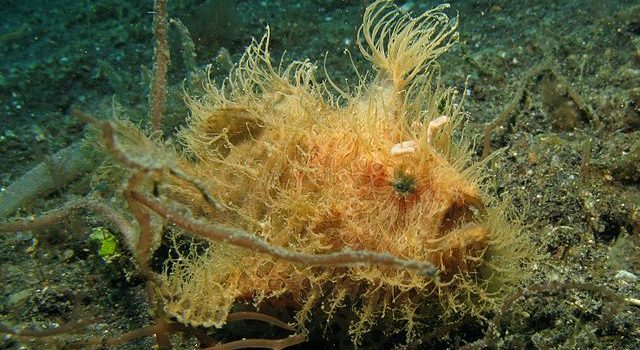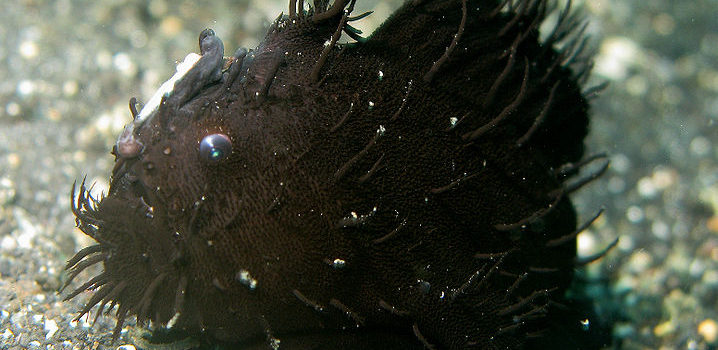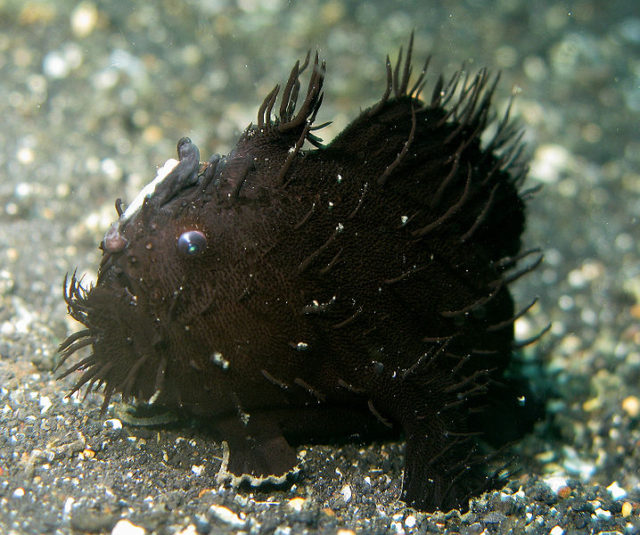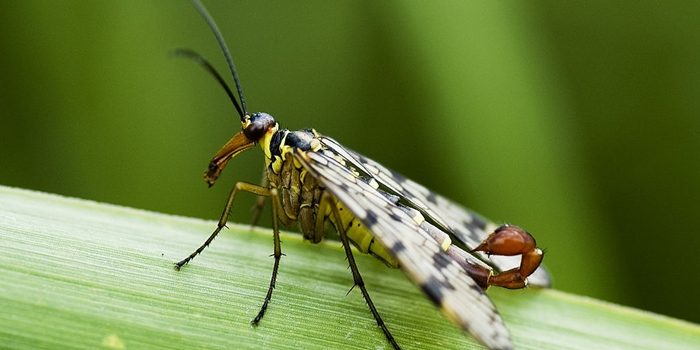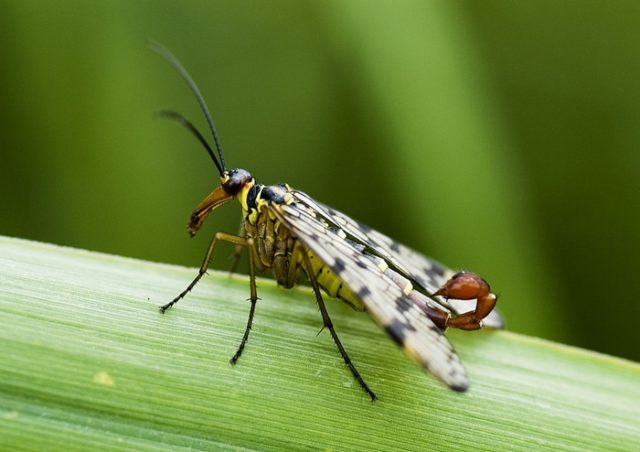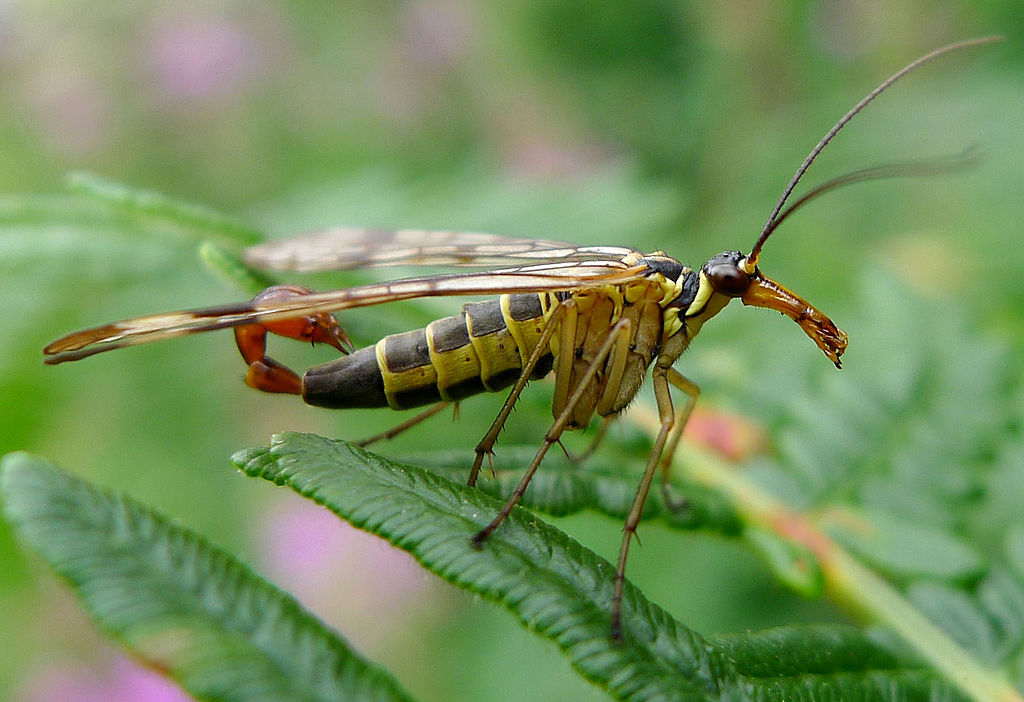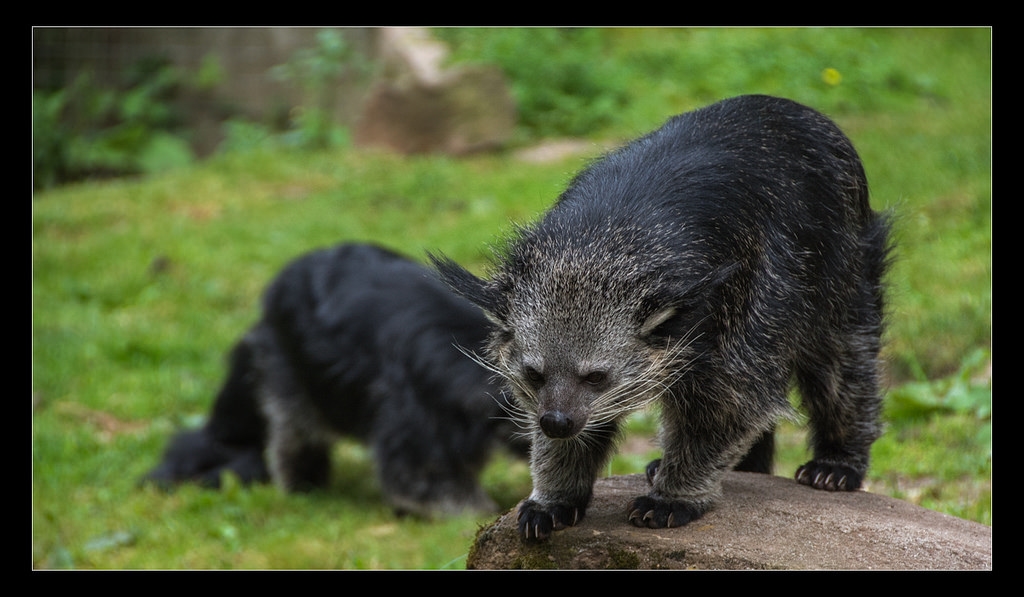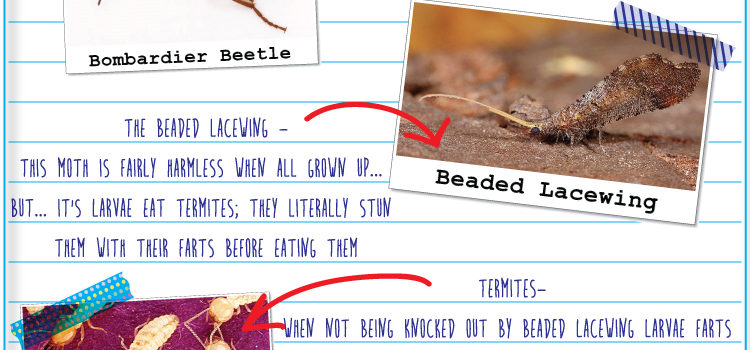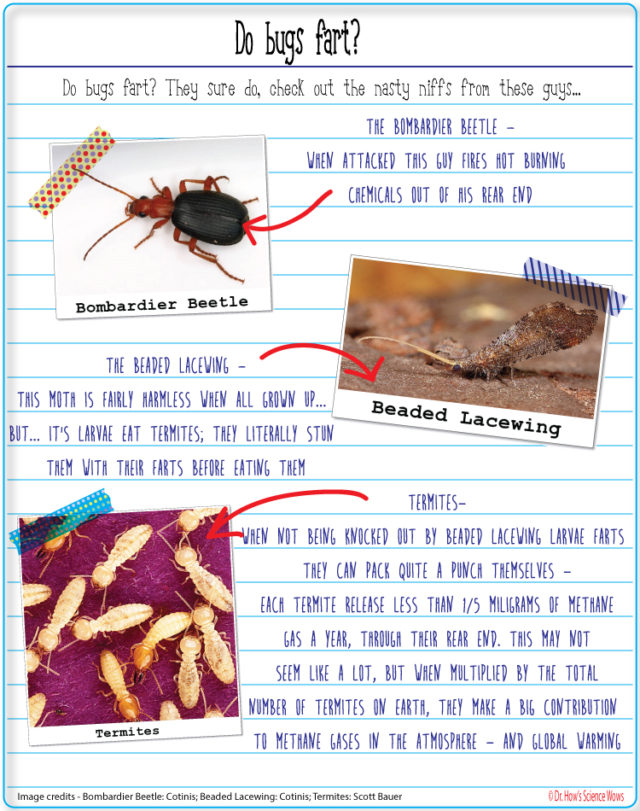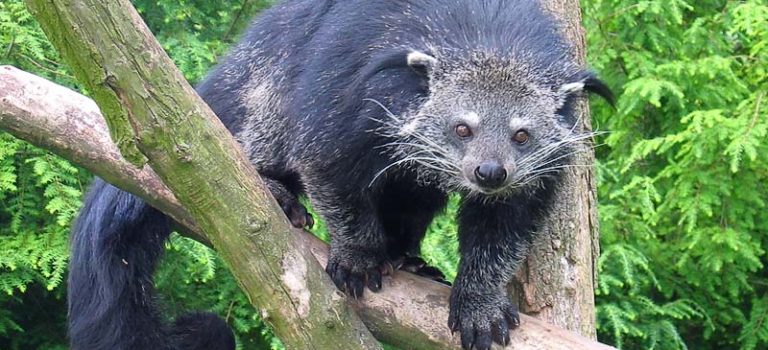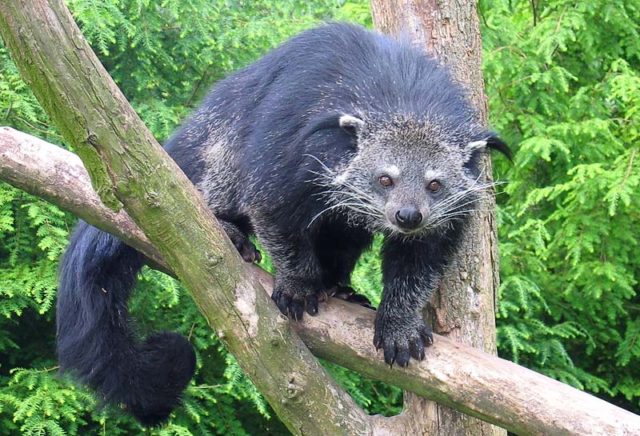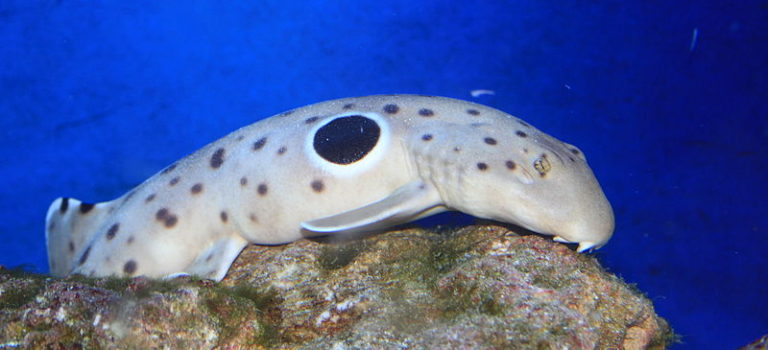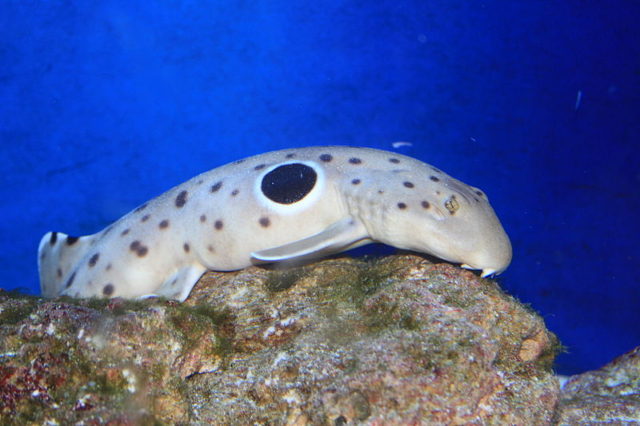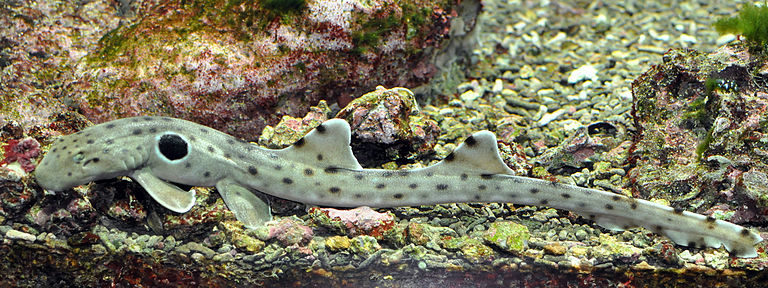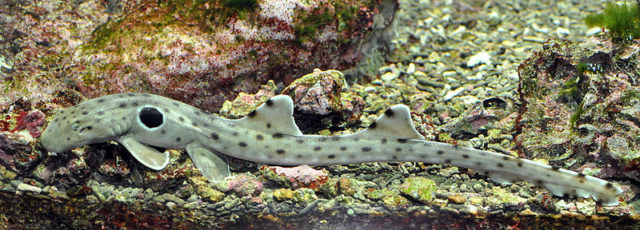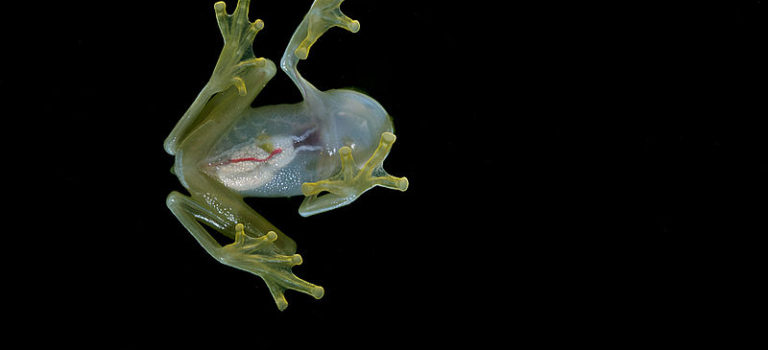What did you think of last week’s Mystery Creature? An unusual looking fish, I’m sure you’ll agree. Did you guess what it was? It was a hairy frog fish (Antennarius species)!
These amazing looking creatures (some call them ugly but I think they look cute – in an ugly kind of way) come in various shapes and colours. Like this one…
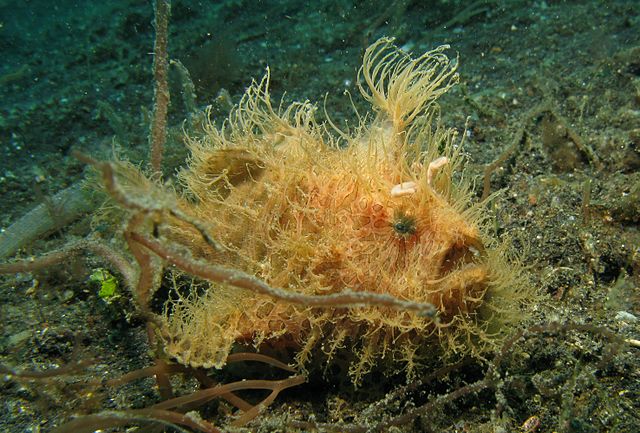
Image Credit: Silke Baron
They all have some distinctive facts in common, for example…
- Frogfish tend to move slowly through the water, often they “walk” along the seabed, using their dorsal fins as feet, just like the epaulette shark, that featured here recently.
- Many frogfish species have spiky structures all over their bodies, called spinules, which look quite like hairs. These can help protect them.
- Frogfish like to blend into their surroundings, and they often hide in coral beds and in large patches of seaweed. Their ‘hairy’ bodies, help mimic these surroundings and keep them camouflaged. Some species are covered in algae, to further help with this.
- Many species will also change the colour of their skin as another form of camouflage.
- Frogfish are anglerfish, they have a little lure on the front of their heads, that acts like bait, attracting their prey in close enough for the fish to eat them.
- They are prepared to wait for their dinner. Once they find a good place to hide they have been known to stay in that position for weeks at a time, until they manage to catch their prey.
- Despite their slow movement and long waits in a stationary position, when they do strike to catch their prey, it is with incredible speed.
- The wait is often worth it, as frogfish have large, extended mouths, and can catch and consume a creature as big as themselves. In fact, frogfish are carnivores and will even eat another frogfish if it comes too close.
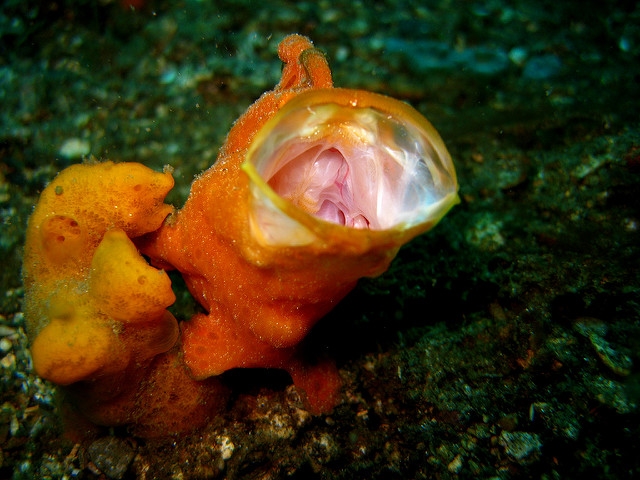
Image credit: Steve Childs
- It is not surprising therefore that they are solitary creatures.
- Some species of frogfish can inflate, when threatened, similar to pufferfish, drawing in water to enhance their size.
Many divers and underwater enthusiasts can spend years waiting to spot one of these fish as they are so well hidden. They are certainly intriguing creatures. If you have any more information or facts to add, just pop them in the comments below. Or if you have a creature you want to suggest for the Mystery Creature slot, let us know!
